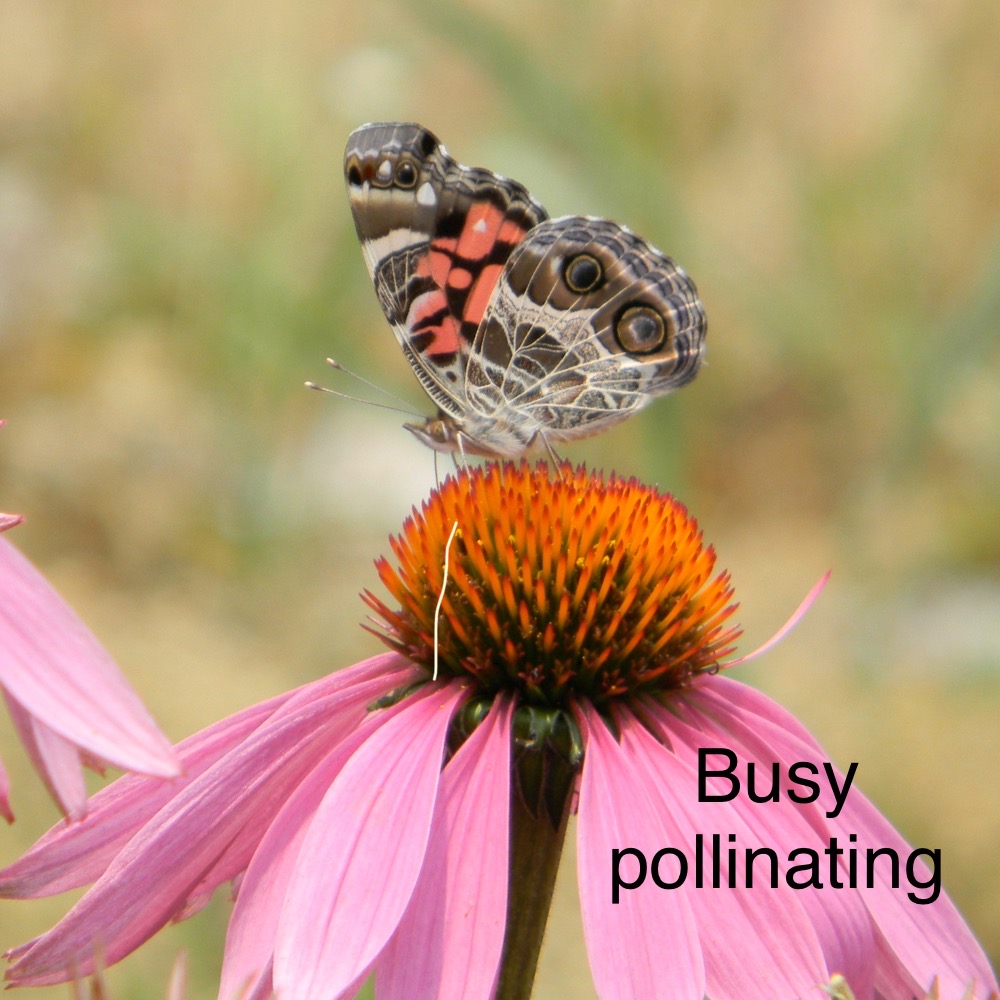We’ve had quite a change in the weather over the past two weeks or so – the heavens appear to have run out of rain! This means the bees are flying again, even though it’s cold. Mind you, they have to keep moving because if they stop and their temperature drops below about 7°C, they will die. They are mainly flying to collect water to dilute their stores but also are getting the chance to void their faeces. Bees are very hygienic and will not soil the hive if they can possibly avoid it and though you and I generally have to go when we have to go, the bees can expand their bowel until it occupies virtually the whole of their abdomen! How clever is that? The reason being, of course, that they might have to spend six months cooped up inside the hive if a winter was particularly severe. Luckily, that doesn’t happen that often in the UK, but it is a common occurrence in the US. Nature, yet again, showing that she has thought of everything.
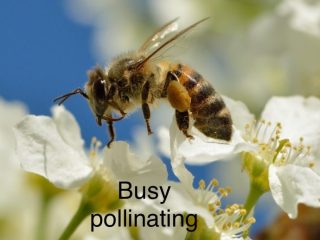 Pollinators are a vital part of agricultural production. In the United States, more than one-third of all crop production – 90 crops ranging from nuts to berries to flowering vegetables – requires insect pollination. Managed honey bee colonies are the primary pollinators, adding at least $15 billion a year to the agricultural economy by increasing yields and helping to ensure superior-quality harvests.
Pollinators are a vital part of agricultural production. In the United States, more than one-third of all crop production – 90 crops ranging from nuts to berries to flowering vegetables – requires insect pollination. Managed honey bee colonies are the primary pollinators, adding at least $15 billion a year to the agricultural economy by increasing yields and helping to ensure superior-quality harvests.
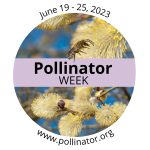 However, American beekeepers have been steadily losing colonies. The number of honey bee hives has decreased from 6 million in the 1940s to about 2.7 million today. The American Secretary of Agriculture has declared June 19-25 as “National Pollinator Week” to help call attention to these losses, which are caused primarily by biological and environmental stressors.
However, American beekeepers have been steadily losing colonies. The number of honey bee hives has decreased from 6 million in the 1940s to about 2.7 million today. The American Secretary of Agriculture has declared June 19-25 as “National Pollinator Week” to help call attention to these losses, which are caused primarily by biological and environmental stressors.
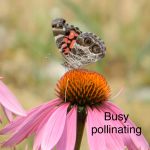 Confronting this diverse mix of challenges requires an equally diverse mix of solutions, and the odds are that there won’t be one magic fix to help American honey bees. As a consequence, all Americans are being encouraged to consider setting up hives where possible, or at least to plant bee-friendly flowers and flowering herbs in their gardens and yards. While these are helpful steps that people can take in their own communities, there is also a need for research to better understand this problem and how it can best be addressed.
Confronting this diverse mix of challenges requires an equally diverse mix of solutions, and the odds are that there won’t be one magic fix to help American honey bees. As a consequence, all Americans are being encouraged to consider setting up hives where possible, or at least to plant bee-friendly flowers and flowering herbs in their gardens and yards. While these are helpful steps that people can take in their own communities, there is also a need for research to better understand this problem and how it can best be addressed.
The USDA (United States Department of Agriculture) was one of the co-leaders of a task force that developed a national strategy that laid out a research and management road-map that America is busily implementing. Their Agricultural Research Service is conducting research to improve the nutritional health of bees, to control the Varroa mite and other pests and pathogens, and to understand the effects of pesticides on colonies. They are setting up long-term studies to determine causes and evaluate treatments for Colony Collapse Disorder and other kinds of bee mortality, and are establishing a bee gene bank to help breed traits such as resistance to pests or diseases and pollination efficiency. The National Institute for Food and Agriculture is funding important research at their land-grant universities in this area. For example, University of Nevada researchers are experimenting with a virus that attacks a bacterial disease that affects honey bees. Meanwhile, Michigan State University scientists are developing sustainable pollination strategies, such as enhancing the effect of bee-friendly wildflowers.
The National Agricultural Statistics Service, working with the Animal and Plant Health Inspection Service, has begun taking a nationwide survey of bee health that sets baseline values for pest and disease prevalence. The U.S. Forest Service and the Farm Service Agency has been creating and restoring hundreds of thousands of acres of pollinator habitat, while the Natural Resources Conservation Service has provided financial assistance to landowners to protect or restore 30,000 acres of private lands. Honey bees may be some of the hardest workers you’ll ever see, but they need help. At USDA, they are making sure that they get it. It would be great if the UK took a similarly proactive approach to the problem, but I guess that because UK beekeeping is done mainly by hobby beekeepers and not commercial beekeepers, like it is in the States, we shouldn’t hold our breath.
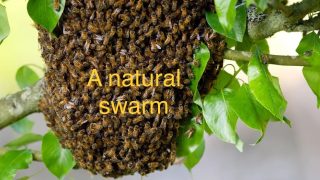 It is so sad to hear that the first ‘VACCINE FOR HONEYBEES’ has been approved by the US Department of Agriculture. The disease for which this is a proposed solution is caused by filthy factory farming commercial practices. Natural honeybees colonies are absolutely pure and sterile, due to the constant ‘lacquering’ of the super-organism interior with an anti-microbial substance they make from various plant resins and saps called acropolis – meaning the defender of the city. Most people have heard about the ‘decline’ of honeybees but are not aware that the reason for this decline is that honeybees have fallen into the category of ‘factory farming’. As with all factory farmed livestock, stress, overcrowding, poor nutrition and sanitation, and selective breeding for mass production lead to heavily diseased colonies with low immunity that require constant medications to survive. But this is not necessary if bees are allowed to live according to their ancient genetic wisdom and natural life processes.
It is so sad to hear that the first ‘VACCINE FOR HONEYBEES’ has been approved by the US Department of Agriculture. The disease for which this is a proposed solution is caused by filthy factory farming commercial practices. Natural honeybees colonies are absolutely pure and sterile, due to the constant ‘lacquering’ of the super-organism interior with an anti-microbial substance they make from various plant resins and saps called acropolis – meaning the defender of the city. Most people have heard about the ‘decline’ of honeybees but are not aware that the reason for this decline is that honeybees have fallen into the category of ‘factory farming’. As with all factory farmed livestock, stress, overcrowding, poor nutrition and sanitation, and selective breeding for mass production lead to heavily diseased colonies with low immunity that require constant medications to survive. But this is not necessary if bees are allowed to live according to their ancient genetic wisdom and natural life processes.
This is what I aim for with my beekeeping – minimal and only necessary intervention, resulting in less stress and therefore better health for the bees. It has long been known that stress factors affect the well-being of humans – it is the same with livestock, whether we are talking about bees, cows, chickens, sheep, cats or dogs. Even bees in the less preferred cube shaped hives, which are the predominant type of hives used world-wide, are thriving without medication or treatments of any kind. The bees don’t need medicine – the bees are the medicine!
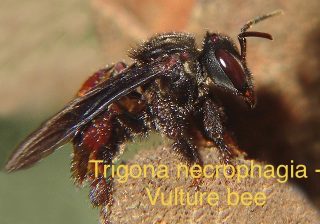 Finally, have you ever heard of Vulture bees? Vulture bees feed on rotting meat instead of nectar, and yes, their honey – called meat honey – is edible! According to an entomologist at the University of California-Riverside these are the only bees in the world that have evolved to use food sources not produced by plants, which is a pretty remarkable change in dietary habits.
Finally, have you ever heard of Vulture bees? Vulture bees feed on rotting meat instead of nectar, and yes, their honey – called meat honey – is edible! According to an entomologist at the University of California-Riverside these are the only bees in the world that have evolved to use food sources not produced by plants, which is a pretty remarkable change in dietary habits.
Most bees also have saddle bag–like structures on their legs for carrying pollen, but vulture bees have much smaller leg baskets, which they use for carrying meat back to their hives. To gather their hauls, vulture bees have a unique set of teeth they use to slice bits of meat. Once in the hive, the vulture bees store the meat chunks in small pods, leave them there for two weeks to cure, and then feed it to their larvae. Meat honey, anyone?!
Colin Rees 07939 971104 01872 501313 colinbeeman@aol.com

